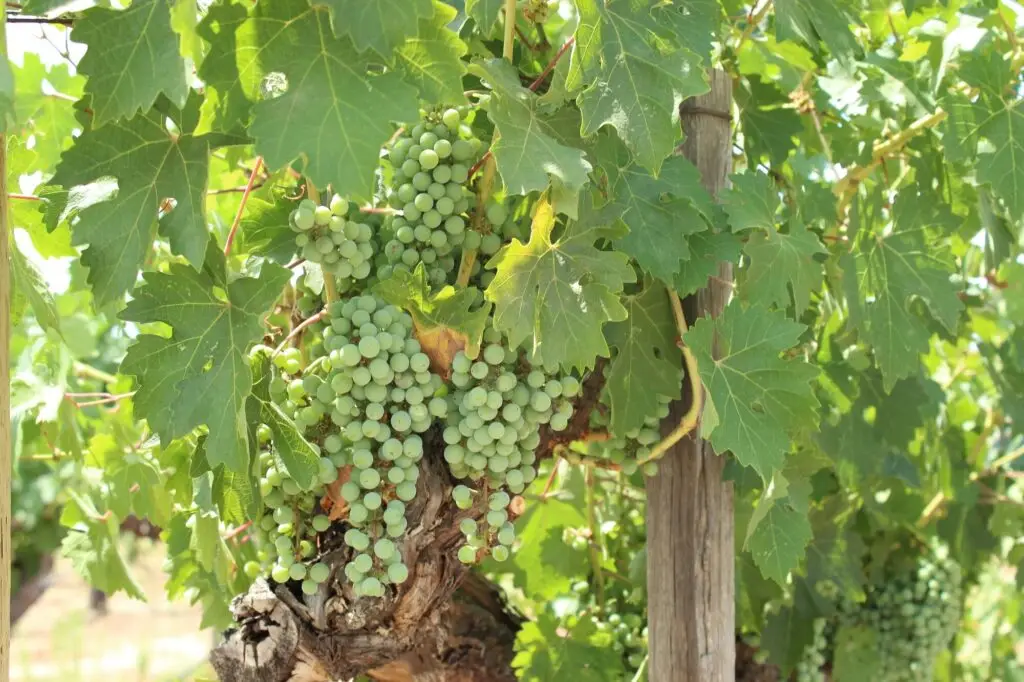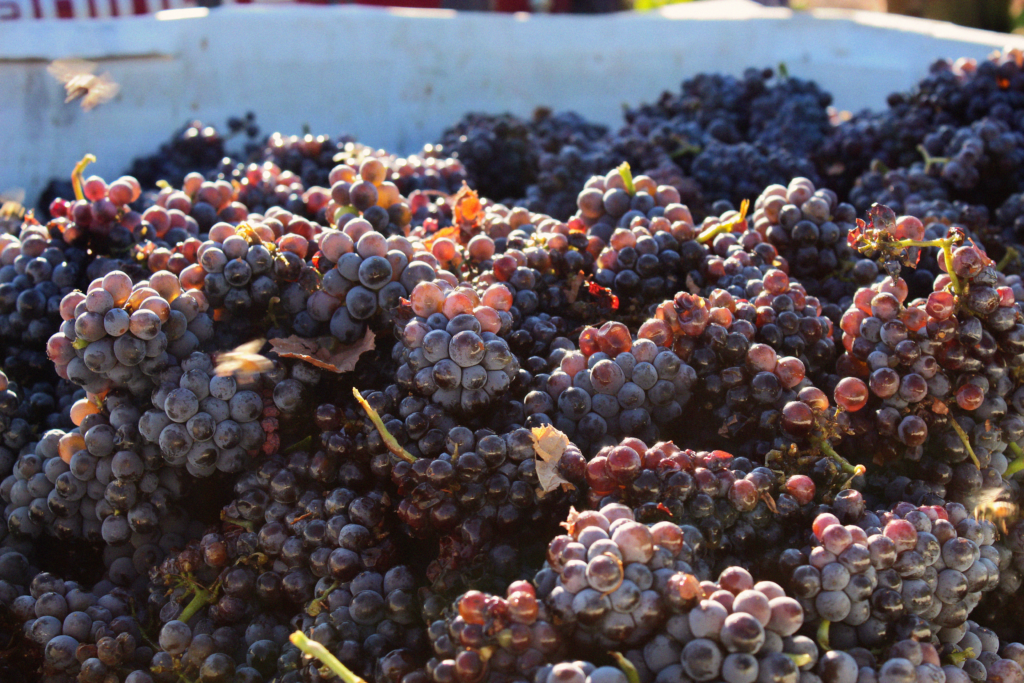In recent years, the wine world has witnessed a burgeoning interest in the revival of forgotten grape varieties. This resurgence reflects a broader movement towards biodiversity in viticulture, recognizing the value of diversity in our vineyards and wine glasses. These lesser-known, often indigenous grapes offer a unique palette of flavors, enriching the tapestry of wine with their distinctive profiles and storied pasts.
For decades, the global wine market has been dominated by a handful of international grape varieties. Cultivars like Cabernet Sauvignon, Merlot, and Chardonnay have become household names, overshadowing countless other grapes once integral to local wine traditions. The preference for these popular varieties, driven by market demand and perceived quality, led to a gradual neglect of indigenous and rare grapes, many of which were on the brink of extinction.
Rediscovering Forgotten Grapes: A Collective Effort
The journey back to these forgotten grapes has been paved by the tireless efforts of winemakers, researchers, and viticulturists. This collaborative endeavor involves identifying, cataloging, and nurturing these varieties, often requiring detective work to trace their origins and characteristics. This renaissance is not merely about novelty; it’s a quest to preserve the rich genetic and cultural heritage of wine.
Examples of Revived Grape Varieties: From Obscurity to Spotlight
The narrative of the wine world is rich with stories of grape varieties that have journeyed from the brink of obscurity back into the spotlight, championed by a dedicated community of winemakers and viticulturists passionate about preserving and celebrating their unique vinous heritage. The revival of these grapes is not merely a trend but a testament to the enduring legacy and adaptability of traditional winemaking practices in the face of globalization and homogenization.
Godello: Spain’s Hidden Gem
The Godello grape, native to the northwest regions of Spain, particularly Galicia, offers a compelling example of a grape variety’s journey from near extinction to revival. In the 1970s, Godello vines were scarce, overshadowed by the push for more internationally recognized varieties. However, through the efforts of local winemakers committed to reviving indigenous grapes, Godello has experienced a remarkable resurgence. Today, Godello wines are celebrated for their complexity and versatility, offering a range of expressions from crisp and mineral-driven to rich and full-bodied. These wines are a testament to the potential of lesser-known varieties to produce world-class wines that speak of their place.
Touriga Nacional: Portugal’s Flagship Varietal
Portugal’s Touriga Nacional is another success story of grape variety revival. Known as one of the principal grapes used in the production of Port, Touriga Nacional also produces exceptional dry red wines that are gaining international acclaim. Its deep roots in Portuguese winemaking traditions have not spared it from neglect in the past, but a renewed interest in indigenous varieties has brought Touriga Nacional back to prominence. The grape’s ability to convey the terroir of Portugal’s diverse wine regions, from the Douro Valley to Dão and beyond, coupled with its intense floral aromas, dark fruit flavors, and structured tannins, make it a flagship varietal representing the rich tapestry of Portuguese wine.
Leading the Charge: Regions Reviving Their Heritage
The revival of Godello and Touriga Nacional underscores a broader movement among wine regions to reclaim and promote their indigenous and rare grape varieties. This effort is not isolated to Spain and Portugal; across the globe, from Italy’s rediscovery of ancient varieties like Nero d’Avola and Aglianico to South Africa’s focus on Chenin Blanc and Cinsault, regions are turning to their viticultural heritage as a source of pride and differentiation in a crowded market. These initiatives are often supported by local governments, research institutions, and wine associations, reflecting a collective commitment to preserving the diversity and richness of the world’s wine heritage.
The stories of these revived grape varieties offer inspiration and hope for other neglected grapes still awaiting their turn in the limelight. Each bottle of wine produced from these varieties is a sip of history, a celebration of diversity, and a step towards a more sustainable and vibrant wine future. As the interest in these and other forgotten grapes continues to grow, so too does the promise of discovering new flavors, stories, and traditions in the ever-expanding world of wine.

The Appeal of Forgotten Grapes: Beyond Taste
The allure of these once-forgotten grapes extends beyond their unique flavors and aromas. They carry the essence of their terroir, offering wine lovers a taste of place and history. These varieties also embody stories of resilience and tradition, connecting drinkers with the lineage of winemakers who have cultivated these vines through generations.
Challenges in Reviving Grape Varieties: Navigating Obstacles
Reviving these grapes is not without its challenges. Agriculturally, these varieties often require specific climatic conditions and care, demanding a tailored approach to viticulture. Moreover, introducing these obscure grapes to a market accustomed to familiar favorites entails significant consumer education and marketing efforts to foster acceptance and appreciation.
The Impact on Wine Diversity: Enriching the Wine World
The revival of forgotten grape varieties significantly contributes to the diversity of the wine world. These grapes offer an expansive array of flavors and profiles, challenging the homogeneity of mass-produced wines. Preserving genetic diversity in viticulture is crucial, ensuring resilience against diseases and climate change while maintaining a rich repository of vinous options for future generations.
Sustainable Viticulture and Forgotten Grapes: A Harmonious Match
The cultivation of diverse grape varieties aligns with sustainable winemaking practices. These grapes often adapt well to organic and biodynamic farming methods, requiring fewer interventions due to their natural resistance to local pests and diseases. This biodiversity not only supports healthier vineyards but also promotes environmental sustainability, contributing to a more balanced ecosystem.
How to Explore Wines from Forgotten Grapes: A Guide for Enthusiasts
For wine enthusiasts eager to explore the world of forgotten grape varieties, the journey is both exciting and accessible. Start by seeking out wineries and regions known for their commitment to indigenous and rare varieties. Wine tastings, both virtual and in-person, offer opportunities to sample these unique wines, guided by knowledgeable sommeliers and winemakers. Specialty wine shops and online platforms also curate selections of wines made from lesser-known grapes, providing a convenient gateway to discovery.
Embracing the Journey of Rediscovery
The movement towards reviving forgotten grape varieties represents an ongoing journey of rediscovery in the wine industry. This endeavor not only enriches the global wine landscape with its diversity and complexity but also preserves the invaluable heritage embedded in each vine and bottle. As more wine lovers, producers, and researchers join this movement, the potential for these varieties to shape the future of wine becomes ever more promising. Here’s to the forgotten grapes—may their revival continue to inspire and delight palates around the world.



